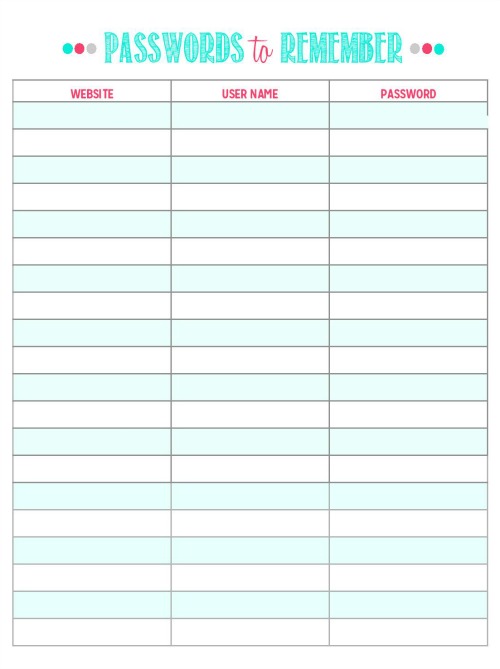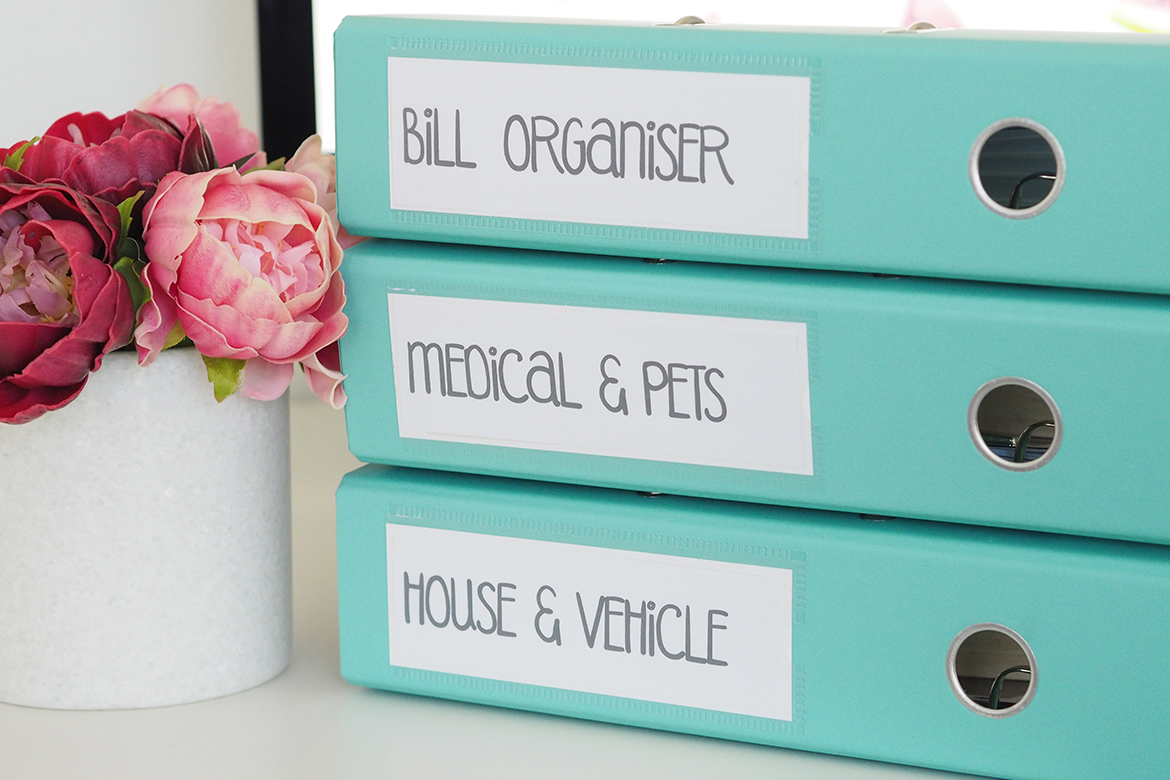

- #How to organize your bills in a file how to
- #How to organize your bills in a file full
- #How to organize your bills in a file series
#How to organize your bills in a file how to
Then, we’ll talk about how to organize and process those files using the Three-Location System. Finally, we’ll dig into how you can start to digitize your files. We’ll start things off by figuring out which of your files should actually be on paper (rather than on your computer). Well, prepare to kiss your average-ness – and all of the messes in these places – goodbye.īy channeling the combined spiritual energy of Marie Kondo and Leslie Knope, I have created this guide that will show you how to easily organize all of your files, documents, and papers.

Your desk is a likely candidate, as is your kitchen table – and, of course, there’s the very bottom of your backpack, where papers go to die and never be recovered. If you’re like the average person, you probably have several “unofficial” spots for the various files, papers, and documents that make their way into your life.
#How to organize your bills in a file series
One note about tax-related documents: If you don’t keep track of your expenses electronically, you might want to create a series of category-related tax files to make it easier at tax time. I so very rarely need to find anything in the files, but when I do it’s not difficult to find. I’ve been doing this four about four years now and have yet to have it cause any problems. It’s that simple! I also put my receipts (again, non-tax-related) in the monthly files, as well as bank statements from my husband’s and my joint checking account. Drop the current month’s bills into the file, where they’ll stay for a year. Simply pull out the contents and shred them.
#How to organize your bills in a file full
After you’ve done this for a year, you’ll find the monthly file full of last year’s bills when you go to file.Drop the rest of the papers in the file corresponding to the month in which you’re paying them.(This is particularly important for those of us who write off home offices.) Put those in the tax file. When you pay bills, separate out any that can serve as documentation for a tax deduction.Create another hanging file folder (or folders) for tax-related documents.Label a dozen hanging file folders, one for each month of the year.(That’s what I do.) But a one-year backlog for non-tax-related documents is almost certainly sufficient.

Freedom Filer has labels for odd year and even year months, which allows you to keep a two-year backlog. What I recommend - and I got this idea from Freedom Filer - is instead of filing paid bills by payee, file them by month paid. (All the electric bills together, all the credit-card bills together, etc.) Or, more accurately, they’re letting the paid bills pile up because it’s such a pain to file them by payee.

Most of those clients, at the time I meet them, are doing what I used to do: they’re filing the paid bills by payee. Do you hang on to the paper bills that your creditors send you after you pay them? (Do you even receive your bills in the mail anymore?) A certain percentage of my clients have either gone paperless or automatically shred the bills after paying.īut a larger number of clients (and my family as well) receive most of their bills in the mail and hang on to the paid bills for at least awhile.


 0 kommentar(er)
0 kommentar(er)
